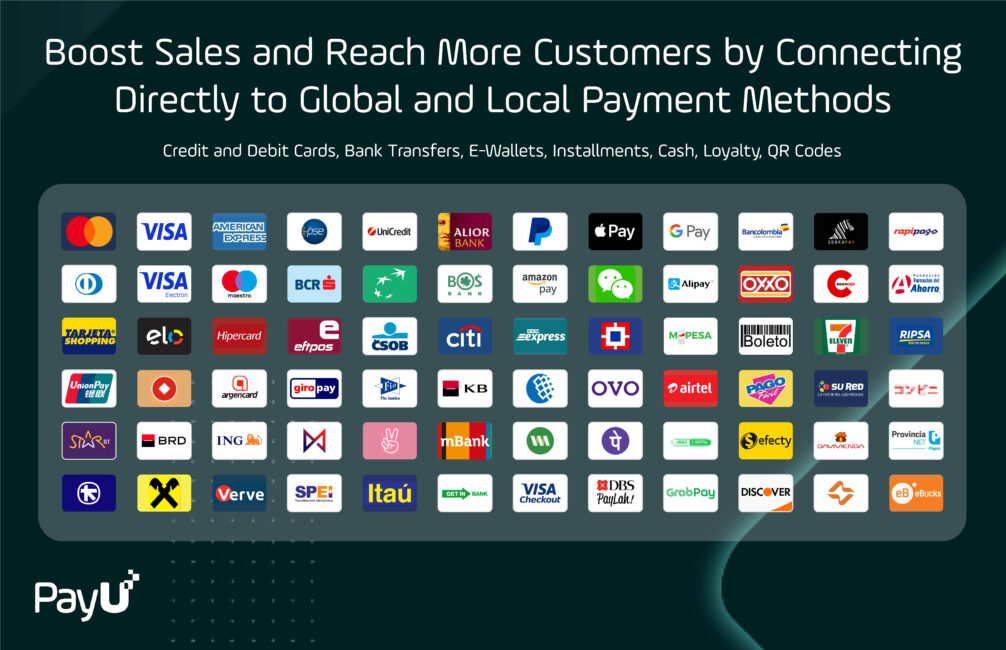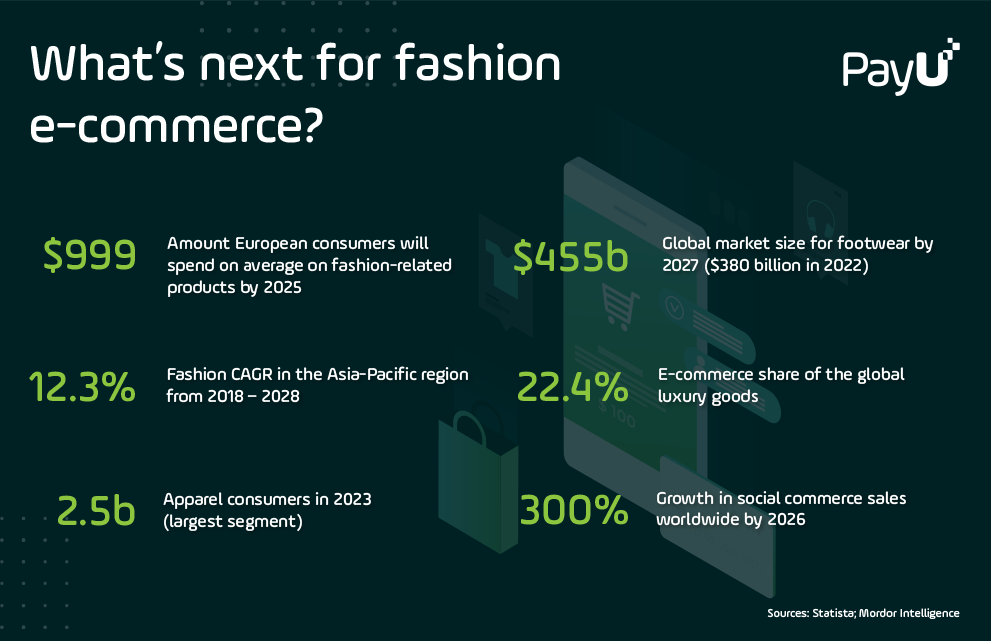15/09/2024
4. Manage and reduce return rates to maintain profitability
In the online fashion industry, return rates average around 30%. But they can go as high as 50% – which can be crushing. Merchants can reduce their current return rates by adopting Big Data strategies and analyzing customer shopping behavior in detail to understand the reasons behind the high return rate.
Another method is offering fast refund functionalities or specific payment features. For example, PayU offers an instant refund service in Romania, a refund management feature in Poland), and functionalities such as partial capture and partial refund.
While this won’t prevent payments from being refunded altogether, fast or instant refund capabilities do at least capture returns before they happen by preventing unwanted products from being shipped out in the first place.
5. Use data to your advantage
Getting a comprehensive view of payments data from across the world can be challenging. A unified analytics platform, on the other hand, allows merchants to track payment performance in real-time and quickly identify areas requiring optimization. Teams no longer have to jump between multiple platforms to gather data and generate reports.
Such a sophisticated analytics dashboard can offer a full overview of global payment transactions regardless of the complexity of the company, the number of countries in which it operates or the multiple payment providers they work with.
Using PayU’s advanced payment analytics module for example, merchants can integrate and analyze payment data from around the world to find hidden insights from the payment journey and use them to optimize sales and revenue. Our advanced analytics tools allow merchants to keep track of payment approval rates by card country, currency, payment method, and issuing bank.
Understanding these trends and data-driven insights could mean the difference between a sale and a missed opportunity due to cart abandonment or worse, a declined payment.
6. Optimize approval rates
Another way for online fashion merchants to save money on processing fees is to work with a global provider that has smart routing capabilities. By routing transactions through different providers, merchants can optimize approval rates and lower transaction fees. A top clothing manufacturer for which PayU processes payments in two markets, Hungary and Croatia, recently saw their approval rates increase by 10% by setting new routing flows.
How does it work? Merchants can ensure that online payments deliver the best possible business outcome by using a good routing engine provider. A quality routing engine should also include the ability to retry declined payments if one of the receivers fails to process the payment transaction.
Another important aspect is handling declined transactions. What happens if the provider fails to process the payment? One option for merchants is to re-route a failed transaction through another provider, thus salvaging a sale that otherwise would not have gone through.
Other best practices for optimizing approval rates include local acquiring, partial captures, and follow-up orders.
7. Keep your online store secure
If a merchant wants to optimize payments, they should look for a payment provider that employs the latest payment security features. Two great examples are 3D Secure 2 and network tokenization.
- 3D Secure 2 is an authentication protocol to improve the exchange of online transaction data and protect consumers, helping merchants lower fraud rates, while delivering a better payment experience. A top multi-brand fashion merchant increased approval rates by 4.2% thanks to the PayU 3DS optimization strategy, leading to an estimated 50,000 saved transactions worth $950,000 in TPV.
- Network tokenization allows for even more security than ordinary tokenization and drives higher approval rates. Tokens used in this method achieve higher approval rates and capture higher transaction volume by avoiding lost and/or expired card declines. All the while, they provide more information and greater visibility to card issuers during authorization.
As more consumers make purchases online, fraud will continue to be one of the biggest challenges within the e-commerce space. Merchants can use technology to master the balancing act between security and convenience.
The first step for merchants is typically to implement strategies to manage risk and block potentially fraudulent transactions. Businesses can use relatively conservative fraud detection systems that help to keep some fraudulent transactions at bay.
But the risks are often high, and the costs can run into the thousands.
By choosing a payment solution provider with a more sophisticated approach to payment security, merchants bundle advanced fraud protection into their payment offering. PayU’s fraud rates in Europe (0,02%) are 5 times less than the market benchmark – helping merchants ensure that credit card numbers and other sensitive customer data are protected from unauthorized access, while still maintaining high approval rates on legitimate payments.
8. Adopt a social commerce strategy
Millennials and Gen Z are a particularly important segment for e-commerce brands in the fashion industry. Social media, influencers and celebrities play an integral role in the e-commerce strategy of many online fashion brands today. It’s no wonder that social media still remains so relevant from a commercial perspective – industry experts predict the value of social commerce sales worldwide from 2021 to 2026 to almost triple.
Taken together, millennials and Gen Z now represent more than 40 percent of the United States population. Gen Z’s preferences increasingly shape the e-commerce landscape as a whole. And with most millennials now in their 30s, this generation is starting to carry significant buying power throughout the world.
9. Integrate sustainability into your strategy
In today’s global fashion e-commerce landscape, integrating sustainability into strategies is of utmost importance. Brands must effectively manage and communicate about sustainability to meet the expectations of consumers and address the climate crisis. Given the introduction of new regulations and increased consumer awareness, brands need to exercise utmost caution in discussing their sustainability-related initiatives and accomplishments to avoid “greenwashing.” Failure to do so could result in reputational damage and potentially lead to costly fines. By prioritizing transparency and authenticity, brands can establish a strong foundation for their sustainability efforts, ensuring that they align with their values and resonate with environmentally conscious consumers.
Additionally, embracing gender-fluid fashion is becoming increasingly significant, driven by shifting consumer attitudes towards gender identity and expression. This trend necessitates a reevaluation of product design, marketing strategies, and the in-store and digital shopping experiences provided by brands and retailers. Adapting to this blurring of the lines between menswear and womenswear enables brands to cater to a broader range of customers and stay relevant in an evolving fashion landscape.
 Payment Solutions
Payment Solutions Services
Services Credit
Credit Resources
Resources About PayU GPO
About PayU GPO

















